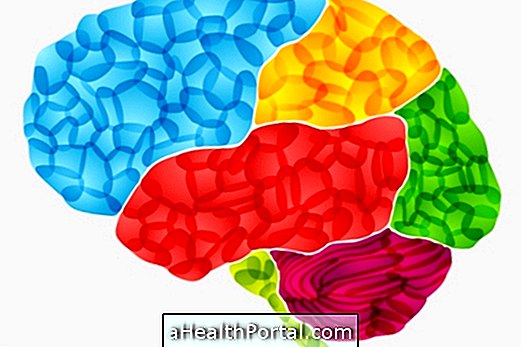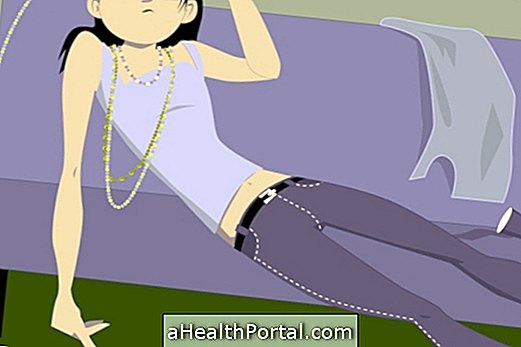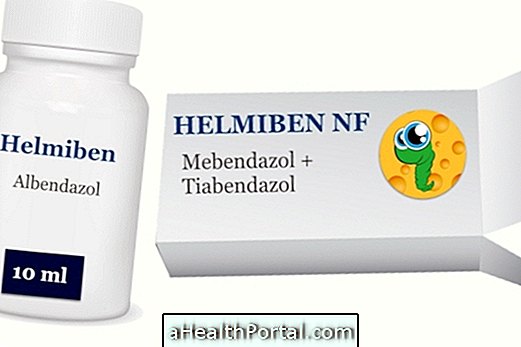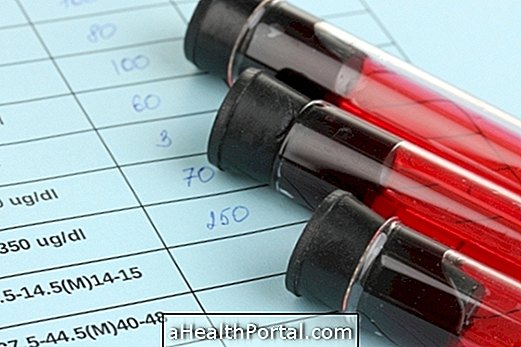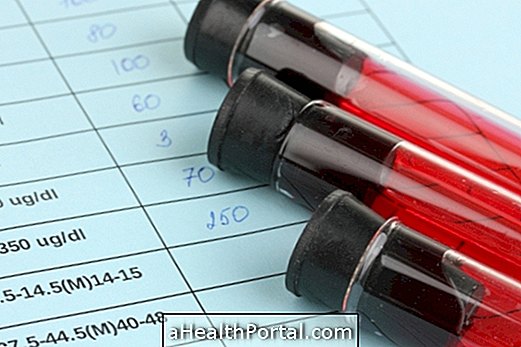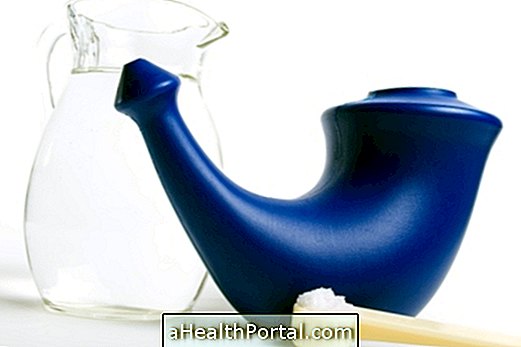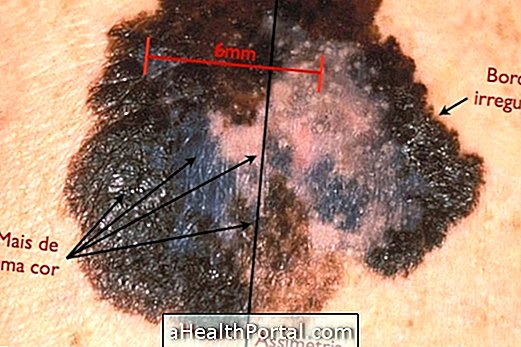Therapeutic hypothermia is a medical technique used after cardiac arrest, which consists of cooling the body to decrease the risk of neurological damage, increasing the chances of survival and preventing sequelae as soon as the heart beats again.
This technique should be started as soon as possible after cardiac arrest because the blood immediately ceases to carry the required amount of oxygen for brain function but may be delayed up to 6 hours after the heart beats again. However, in these cases the risk of developing sequelae is greater.
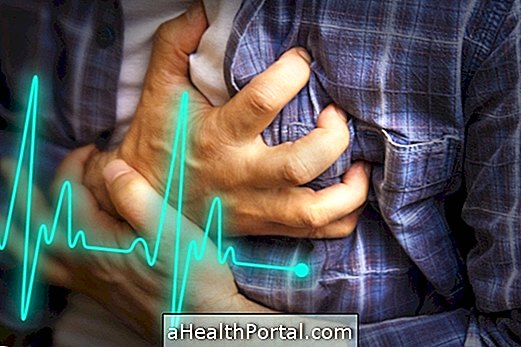
How is done
For body cooling physicians may use various techniques, however, the most commonly used include the use of ice packs, thermal mattresses, ice helmet or ice cream directly into the patients vein until the temperature reaches 32 ° C .
In addition, medical staff also uses relaxing remedies to ensure the person's comfort and prevent the onset of tremors.
Generally, hypothermia is maintained for 24 hours and during that time, heart rate, blood pressure and other vital signs are constantly monitored by a nurse to avoid serious complications. After this time the body is slowly heated until it reaches a temperature of 37 ° C.
Because it works
The mechanism of action of this technique is not yet fully understood, however, it is believed that the reduction of body temperature decreases the electrical activity of the brain, reducing oxygen expenditure. That way, even if the heart is not pumping enough blood, the brain continues to have the oxygen it needs to function.
In addition, lowering body temperature also helps prevent the development of inflammation in brain tissue, which increases the risk of injury to neurons.
Possible Complications
Although it is a very safe technique, when it is done in the hospital, therapeutic hypothermia also has some risks, such as:
- Change in heart rate due to a marked decrease in heart rate;
- Decreased coagulation, increasing the risk of bleeding;
- Increased amounts of sugar in the blood.
Because of these complications, the technique can only be done in an Intensive Care Unit and a trained medical staff, since it is necessary to make several evaluations throughout the 24 hours, to decrease the chances of developing any type of complication.
